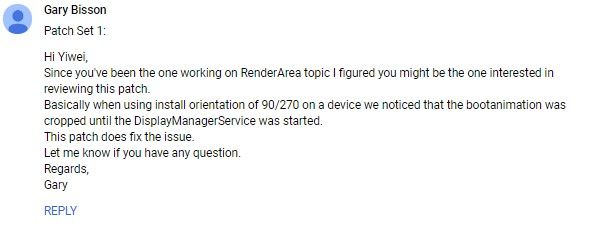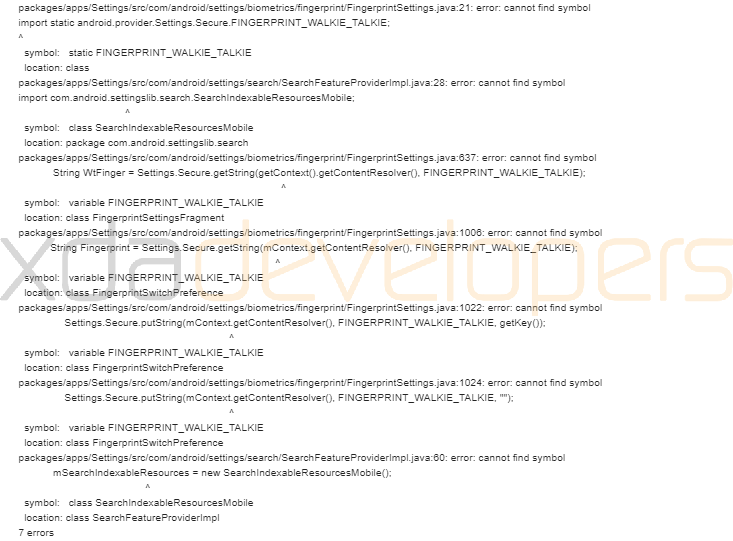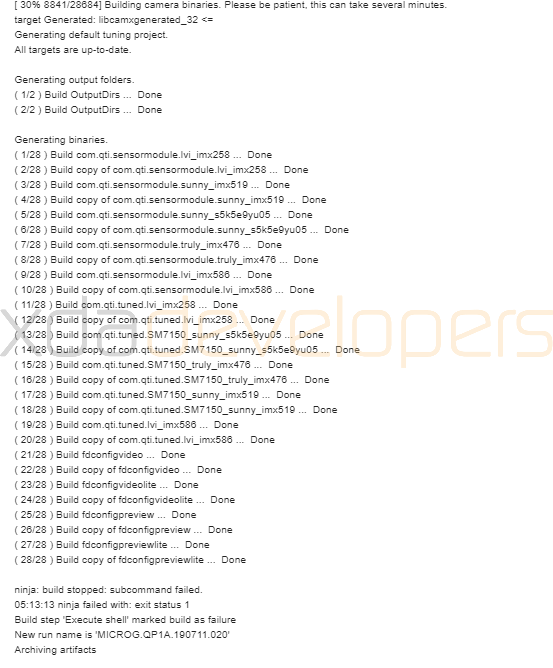
Making a smartphone is hard. Just look at Saygus or RED to see how badly things can go wrong. That’s why we’re continually impressed by the Essential PH-1 from Essential Products. Announced back in May of 2017, the PH-1 has received monthly security patch and major OS updates on the same day that Google releases them, making Essential the standard against which we compare the software support of other OEMs. However, the company no longer sells its only smartphone, so existing and prospective owners will have to jump ship to another brand if they want new hardware. That could change in the near future, however, as a spokesperson for the company has confirmed to XDA-Developers that its new device is now in early testing.
We haven’t heard any recent news about the next mobile product from Essential Products. Our coverage of the brand has mostly focused on the routine updates that they send out for the PH-1. Back in May of last year, we heard that the rumored successor to the PH-1, what many were calling the “Essential Phone 2,” had been canceled reportedly due to low sales and the loss of key engineering talent. In October of 2018, Bloomberg reported that the company is working on an “AI phone” that can automatically respond to messages on behalf of the user; the design of this “AI phone” is reportedly different from a typical smartphone in that it would have a “small screen and require users to interact mainly using voice commands” to book appointments, respond to emails/text messages, or make phone calls on its own. Finally, in December of 2018, Essential confirmed that they were “hard at work on [their] next mobile product,” which was followed by a teaser from the company’s founder Andy Rubin.
Thanks. We’ll make an announcement. Hang tight.
— Andy Rubin (@Arubin) June 11, 2019
Now, we have learned that this product is still in development and is currently in early testing, but we have also learned some of its possible specifications.
“Hi Mishaal, thanks for reaching out. We’ve previously shared that the Essential team is working on a new device. It is now in early testing and we look forward to sharing more details in the future.” – Essential spokesperson
What’s in Store for Essential’s New Mobile Product?
Last week, XDA Senior Member aviraxp informed us about a new commit submitted by an Essential engineer to the AOSP Gerrit titled “surfaceflinger: fix default frame/viewport assignment.” This commit fixes an issue where, during the boot process, the boot animation is cropped to the display’s physical height when the default orientation of the device is either 90° or 270°. This discovery immediately made us suspicious of the form factor for the device that Essential is testing. Smartphones almost always default to 0°, which is portrait orientation, and not 90° or 270°, which are landscape orientations. Typically, tablets default to 90° or 270°, but there have been no rumors about Essential working on a tablet, so we waited for more information to surface.

In this comment, an Essential engineer describes a problem with the bootanimation on “a device” with an “install orientation of 90/270” degrees. This is atypical for a smartphone, and also shows that Essential is indeed working on a new device. Subsequent comments refer to finding a patch that works on Android Q, indicating that this device is running the latest Android OS.
Fortunately for us, Essential inadvertently leaked details about its own hardware. XDA Recognized Developer Luk1337, a member of the LineageOS team who also faced problems with this particular bug, developed a patch for the issue, which was cherry-picked by Essential’s engineers. Essential’s build bot sent an email to him with details about a build failure, and this email reveals the code-name, Android OS version, and possibly the SoC of the new device as well. Since the email is quite long, I won’t be sharing the full details of what the build bot reported, but I will share the snippets that reveal details about the new hardware. I have also censored the names and email addresses of the Essential engineers who were listed in the email.
In the first screenshot, we can see that a build failed for the build version “gem-q-microg-userdebug MICROG.QP1A.190711.020.” Here, “gem” is the code-name for the new hardware, “q” and “QP1A” indicate that the build is based on Android 10, “userdebug” means that it’s a test build with access to root and debugging tools, “190711.020” tells us that this build is dated July 11th, 2019, and finally, “microg” means this build is using the free and open-source alternative framework to Google Play Services.
We were curious why Essential is testing a build with microG, so we reached out to XDA Senior Member MaR-V-iN, one of the developers behind the microG project, for clarity. They informed us that they were aware of OEMs testing microG in the wild, possibly to reduce dependency on Google or provide more privacy options for enterprise or government use. Interestingly, the use of microG implies that there won’t be Google Play apps and services on board, but as we can’t confirm Essential’s intentions with this device, we also can’t confirm if the device ships with or without Google Mobile Services (GMS.)
Towards the bottom of the first screenshot, you may have seen the commit titled “POC/Fingerprint: add PoC for Walkie-Talkie mode.” Further down in the email, there are multiple mentions of a Secure Settings value called “FINGERPRINT_WALKIE_TALKIE.” This variable presumably holds the current value for the fingerprint walkie-talkie setting, though we don’t exactly know what this feature entails. Essential may be working on a feature for the assistant where you can continually talk to it while pressing your finger against the fingerprint scanner. This is just speculation on my part based on the name, but there’s no other information on this feature that we’ve found. We don’t know if it’s intended to be used with the company’s own assistant, which has been in the works for a long time, or Google Assistant, which may not be present if the device ships without GMS.
Lastly, we can see that the build bot generated binaries for multiple camera sensors, all of which are supported by the “sm7150,” also known as the Qualcomm Snapdragon 730. The camera sensors that are listed include the 16MP Sony IMX519, the 48MP Sony IMX 586, the 13MP Sony IMX 258, the 20MP Sony IMX 476, and the 5MP Samsung S5K5E9. This product might not actually have all of these camera sensors, however, as the build bot could be generating camera binaries that aren’t actually used. However, I think it’s safer to bet this device is running on the Snapdragon 730 based on what we’re seeing. We at least know that it’s running on some kind of Qualcomm chipset since there are references to a “QSEE” (Qualcomm Secure Execution Environment.)
That’s all that we know about Essential’s new mobile product. We can’t corroborate any of the details outlined in last year’s report from Bloomberg, but we’re bound to learn more about this product since it’s now in early testing. We’ll let you know if we learn more.
The post Essential Confirms its Next Mobile Device is in Early Testing appeared first on xda-developers.






0 comments:
Post a Comment